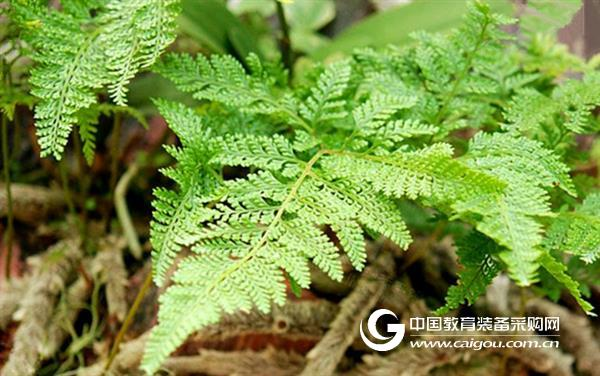Guide
Frontiers in Pharmacology reported that Japanese scientists have identified a variety of active compounds from traditional Chinese medicine, and can be used in Alzheimer's disease model mice by a new method for isolating and identifying active compounds in botanicals. Improve memory and reduce disease characteristics.

Japanese scientists have developed a method for isolating and identifying active compounds in botanicals, which accurately explains the role of drugs in the body. Using this technique, they have identified a variety of active compounds from traditional Chinese medicine, and can improve memory and reduce disease characteristics in Alzheimer's disease model mice.
Traditional drug screening platforms are difficult to capture real active compounds
Although traditional Chinese herbal medicines have been used by humans for a long time, their pharmacological effects cannot be fully explained by modern science. Many of the large amounts of compounds contained in Chinese herbal medicines have no effect on the human body, and some have significant effects. If a unilateral botanical drug can show a therapeutic effect on a disease, scientists have the goal of separating and identifying those compounds that produce an effect, and see if they can be used as a new drug.
In many cases, scientists have repeatedly screened crude botanical extracts in the laboratory to see if any compounds show special effects in cell or non-cell analysis grown in culture dishes. If a compound plays an active role in cells or test tubes, it may be used as a drug, and scientists will continue to experiment on animals. However, this process is a lot of work and does not explain the changes that can occur after the drug enters the body - enzymes in the blood and liver can metabolize the drug into various forms of metabolites. In addition, some parts of the body, such as the brain, are difficult to access, and only certain drugs or their metabolites can enter these tissues.
Corresponding author Chihiro Tohda explains: “The candidate compounds identified by traditional drug screening platforms for botanicals are not always true active compounds because these methods ignore biological metabolism and tissue distribution. Therefore, considering these factors, our aim is Develop more efficient methods to identify real active compounds."
Direct detection of active compounds in the brain using model mice
The goal of this research is to find active compounds for the treatment of Alzheimer's disease from traditional Chinese herbal medicine. They used mice with genetic mutations as models of Alzheimer's disease. This mutation brings some of the characteristics of Alzheimer's disease to mice, including memory loss and accumulation of specific proteins (amyloid and tau) in the brain. This means that mice are a useful tool in testing potential Alzheimer's treatments.
Initially, the researchers mashed the plants and orally administered the crude extracts to the mice. They found that treatment of crude plant extracts can reduce memory damage and amyloid and tau levels in the brain. In a critical step, the team analyzed mouse brain tissue 5 hours after the extract was treated with the extract. They found that the compounds in the three plants entered the brain, a compound called naringenin and two naringenin metabolites.
The researchers then tested the mice with pure naringenin and found similar improvements in memory deficits and reductions in amyloid and tau. This means that naringenin and its metabolites may be active ingredients in plants. They discovered a protein called CRMP2, a target that binds to naringin on neurons, and this combination allows neurons to grow. This suggests that this mechanism may be due to the fact that naringenin can improve the symptoms of Alzheimer's disease.
The team hopes the technology can be used to identify other treatments, such as applying this method to discover other diseases such as spinal cord injury, depression and muscle loss. The bone shredding is a commonly used traditional Chinese medicine, and the name of the bone is broken because it can cure the wound. Although Alzheimer's disease is also recognized in the category of Chinese medicine: in the Jingyue Quanshu, which was written by Zhang Jingyue, a doctor of the Ming Dynasty, the "Differentiation Record" compiled by Chen Shizhen in the early Qing Dynasty recorded the dementia. However, from the traditional theory of traditional Chinese medicine, the broken bones are not used for the treatment of dementia. This may be why Chinese researchers have failed to discover the role of naringenin in the treatment of Alzheimer's disease in the treasury of traditional Chinese medicine.
Shanghai Chuangsai Technology has excellent performance, interleukin cytokines, fetal bovine serum, electrophoresis equipment scientific instruments, raw material drug standards, chemical reagents, cell culture consumables, Shanghai Chuangsai, mass products special promotions, welcome to inquire!
Casual Shoes,Casual Loafers,Casual Sneakers,Casual Slip On Shoes
Hun Yuan Ya Lian Wan Jia Dian Zi Shang Wu You Xian Ze Ren Gong Si , https://www.ylwjastragalus.com